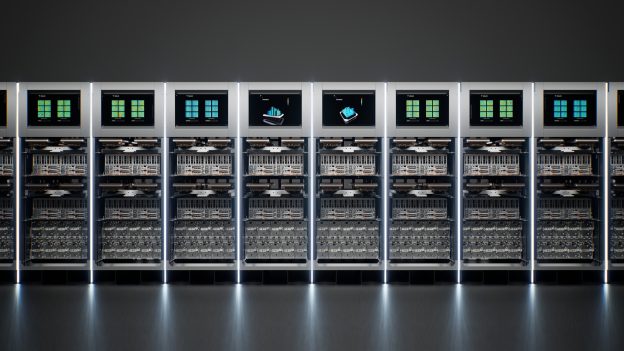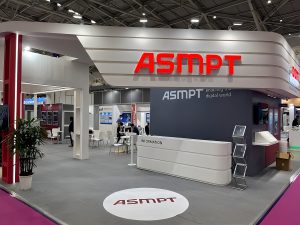Popular Keywords
- About Us
-
Research Report
Research Directory
Semiconductors
LED
Consumer Electronics
Emerging Technologies
- Selected Topics
- Membership
- Price Trends
- Press Center
- News
- Events
- Contact Us
- AI Agent
About TrendForce News
TrendForce News operates independently from our research team, curating key semiconductor and tech updates to support timely, informed decisions.
- Home
- News
[News] Musk Halted Dojo Project, Hint at Abandoning In-House Chip Strategy

Recently, it’s reported that Tesla CEO Elon Musk has halted the Dojo supercomputer project. Industry observers believe this may signal Tesla’s abandonment of its plan to develop custom chips for autonomous driving, indicating a future shift towards greater reliance on external partners, like NVIDIA and AMD for high-performance chips, and Samsung Electronics for chip manufacturing.
Musk on Dojo: Promising Returns, but Low Success Rate
Tesla first unveiled the Dojo project in August 2021, aiming to build an in-house supercomputer to accelerate Full Self-Driving (FSD) algorithm training and reduce dependency on third-party chip suppliers. That year, the project entered active development, with a core team comprised of experts in chip design, architecture optimization, and AI algorithms.
At the heart of the Dojo system lies Tesla’s proprietary “D-series” AI chips. The first-generation Dojo (Dojo 1), launched in 2022, was manufactured using TSMC’s 7nm process and delivered 362 TFLOPS of compute power (FP32 precision) per chip. The subsequent Dojo 2 chip, also produced by TSMC using a 5nm process, doubled the performance to 720 TFLOPS.
For the third-generation Dojo (Dojo 3), Tesla had planned to merge the Dojo 3 chip with its next-gen FSD, robotics, and AI6 data center chips into a unified architecture, while also revamping its supply chain. Media reports suggested Tesla might shift to partnerships with Samsung and Intel—Samsung would handle front-end chip manufacturing, while Intel would oversee key module packaging tasks.
The Dojo project initially drew positive reactions from the market, with Morgan Stanley predicting it could add as much as USD 500 billion to Tesla’s market value. However, Musk has been cautious about its prospects. In January, he remarked: “We’re pursuing both NVIDIA and Dojo-based paths in parallel. But Dojo is more like a high-stakes bet. The odds of success are low, though the payoff—if successful—would be immense.”
During Tesla’s earnings call in July, the company stated that Dojo 2 is expected to reach scaled operations sometime next year, with compute power equivalent to 100,000 NVIDIA H100 chips. However, during the same call, Musk hinted at a strategic shift, suggesting that Tesla’s chip development may merge with external technologies in the future.“Between Dojo 3 and the AI6 inference chip, intuitively we want to find a point of integration—ideally, merge the two into a single chip,” he said.
Musk’s AI Ambition: Firm Belief in Autonomous Driving and Humanoid Robots
Despite setbacks in in-house chip development, Tesla remains committed to its autonomous driving and humanoid robot businesses.
Tesla expects its RoboTaxi service to cover half the U.S. population by the end of the year, and aims to reach annual production of 1 million Optimus humanoid robots.
RoboTaxi is Tesla’s driverless ride-hailing service, which first successfully operated in Austin, Texas, transporting paying passengers without a safety driver in the seat. Tesla plans to expand testing to more cities, with the San Francisco Bay Area next in line.
Meanwhile, Tesla is iterating on the Optimus robot design. The current version is Optimus Gen 2, with the prototype of Optimus 3 slated for completion by the end of this year and mass production starting in 2026. Tesla intends to scale production as quickly as possible, with a goal of producing 1 million units annually within five years.
(Photo credit: Tesla)





